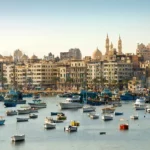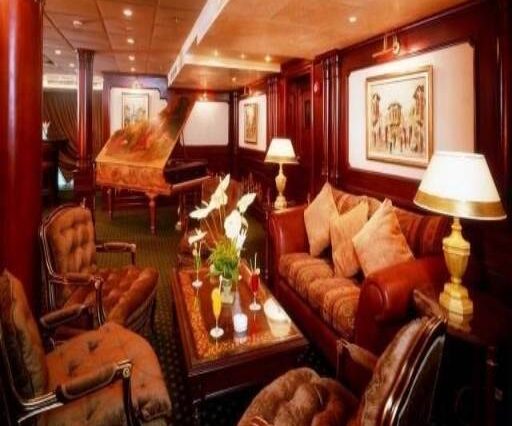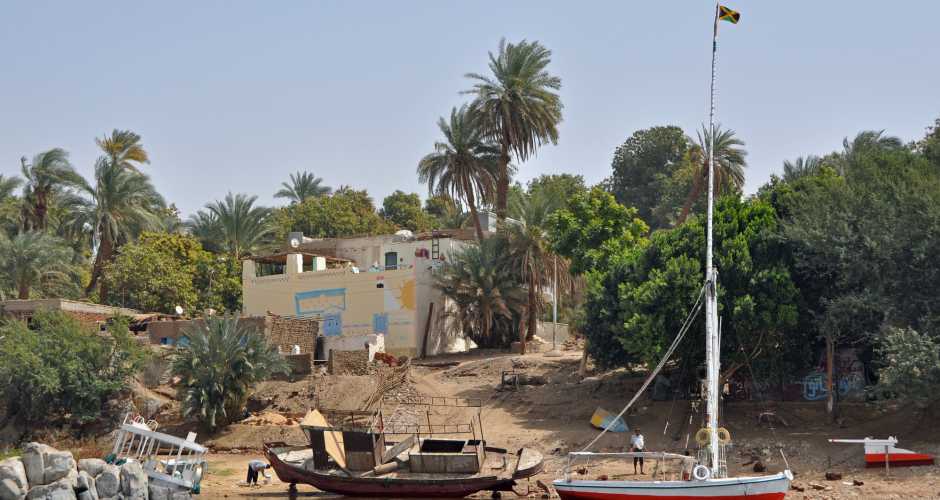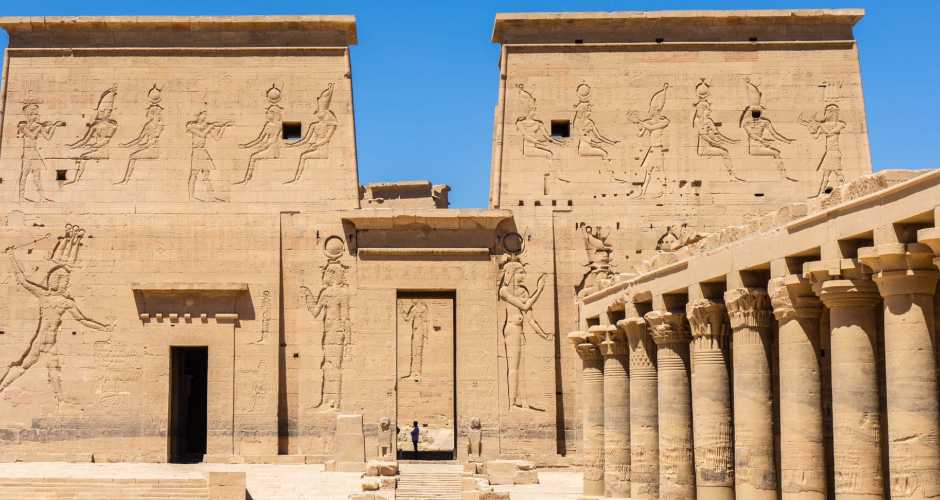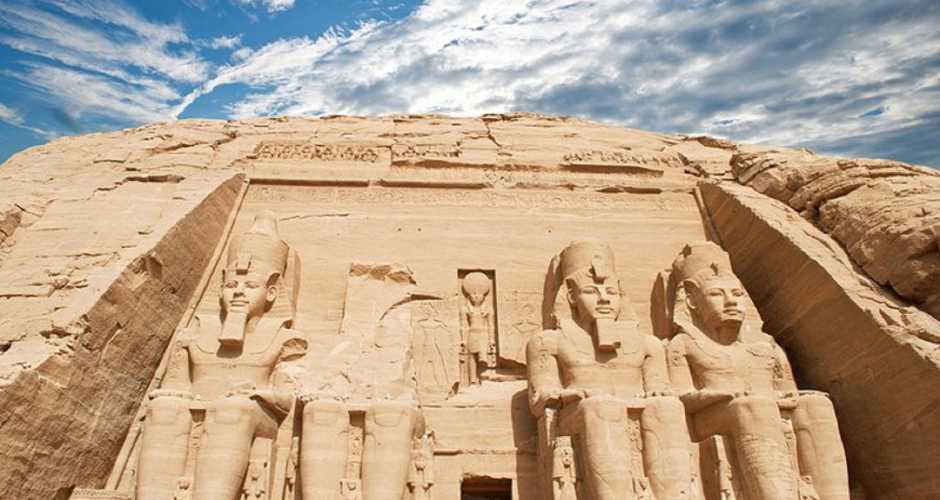Overview
Find Aswan Attractions and sightseeing, Aswan is a relaxed and friendly town that provides a tranquil interlude if you’ve just arrived from busier Luxor or Cairo. Aswan, a town on the Northern border of Nubia, w
Map
Info
Find top attractions & sightseeing in Aswan, Things to do.Aswan is a relaxed and friendly town that provides a tranquil interlude if you’ve just arrived from busier Luxor or Cairo. Aswan, a town on the Northern border of Nubia, was once one of the most important cities in Egypt.

